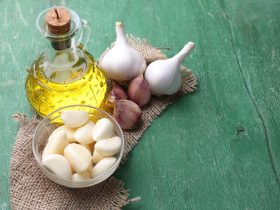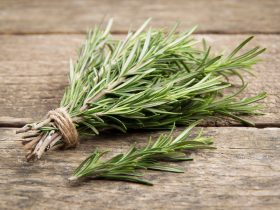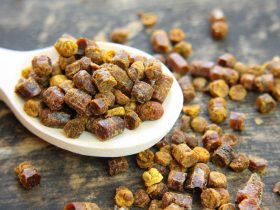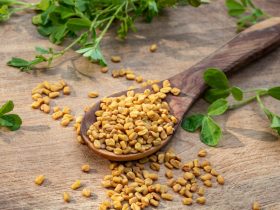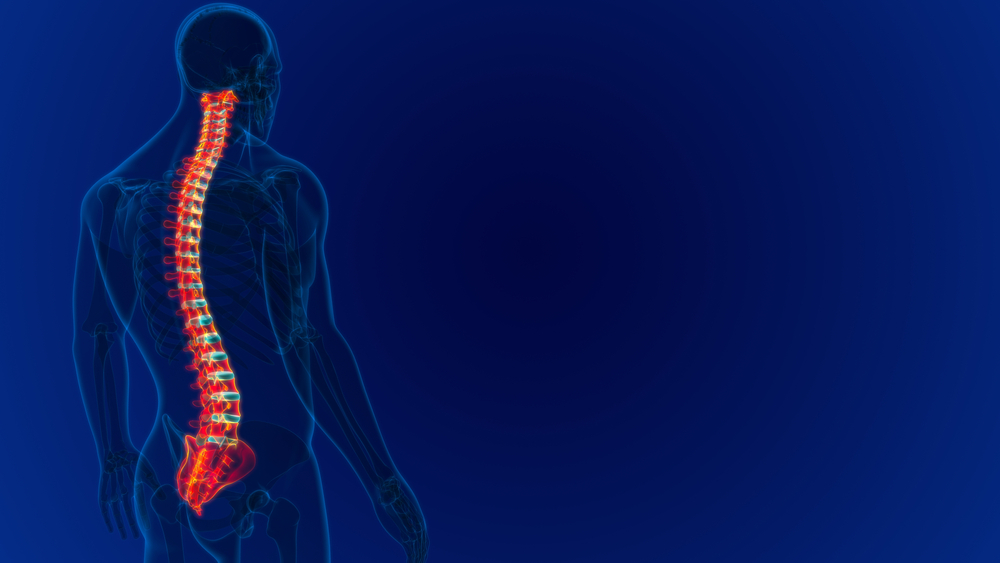One of the useful methods of my grandmother was the method of straightening tailbone bent. I remember the time when I was at my grandmother’s house as a child, those who had a broken arm or leg used to come to my grandmother’s house before going home. She would rub the dislocated part in hot water, soften it and reset it. And when it was broken, she would straighten the bone and put the putty on. 10 minutes was enough for her to relieve the back pain of older men after they carried a heavy load. She used to have a very interesting method of treatment of lumbar sprains: she would stretch the patient on his face, put her foot on his back, grab the right leg and the left arm and lift him up suddenly, and then, on the contrary, grab the left leg with the right arm and press her foot In his back very hard. At that moment, a terrible scream came from the sick man, but as soon as he stood up, he would feel as if the pain had never happened. If the arm was crooked after it had been broken, she would process the tail fat and desert-rod through a meat grinder, mix it well, and place it on top of the fracture and tie it. She would do the same thing again 2-3 days later as a result of which the arm bone would become very elastic. She would break his arm at the end of the curve, straighten it, and put the putty on it. Interestingly, she did not use to use any painkillers or ointments during this procedure.
She could see the tailbone bent at first glance. Tailbone is another name for coccyx in folk medicine. It can bend to the right, left or inward. Leaning to the right causes pain in the right leg. If left untreated, the leg muscles begin to lose weight and eventually result in disability. This happens when it bends to the left. And when it bends inwards, you get a terrible pain. My grandmother told me about a very interesting method of treatment and said that she had treated hundreds of patients with this method, and that all of them were fine after it. First, the tailbone bent is determined. Then a potato-sized desert-rod is passed through a meat grinder and mixed with a sheep’s tail which is half of that amount. It is placed on the coccyx. The desert-rod is kept for at least 12 hours and 5-7 days in a row (the purpose of placing the desert-rod is to elasticize the coccyx so that it can bend comfortably). In the end, the wrist is held by hand and straightened. It is controlled for 5-6 days after which the pain vanishes.


